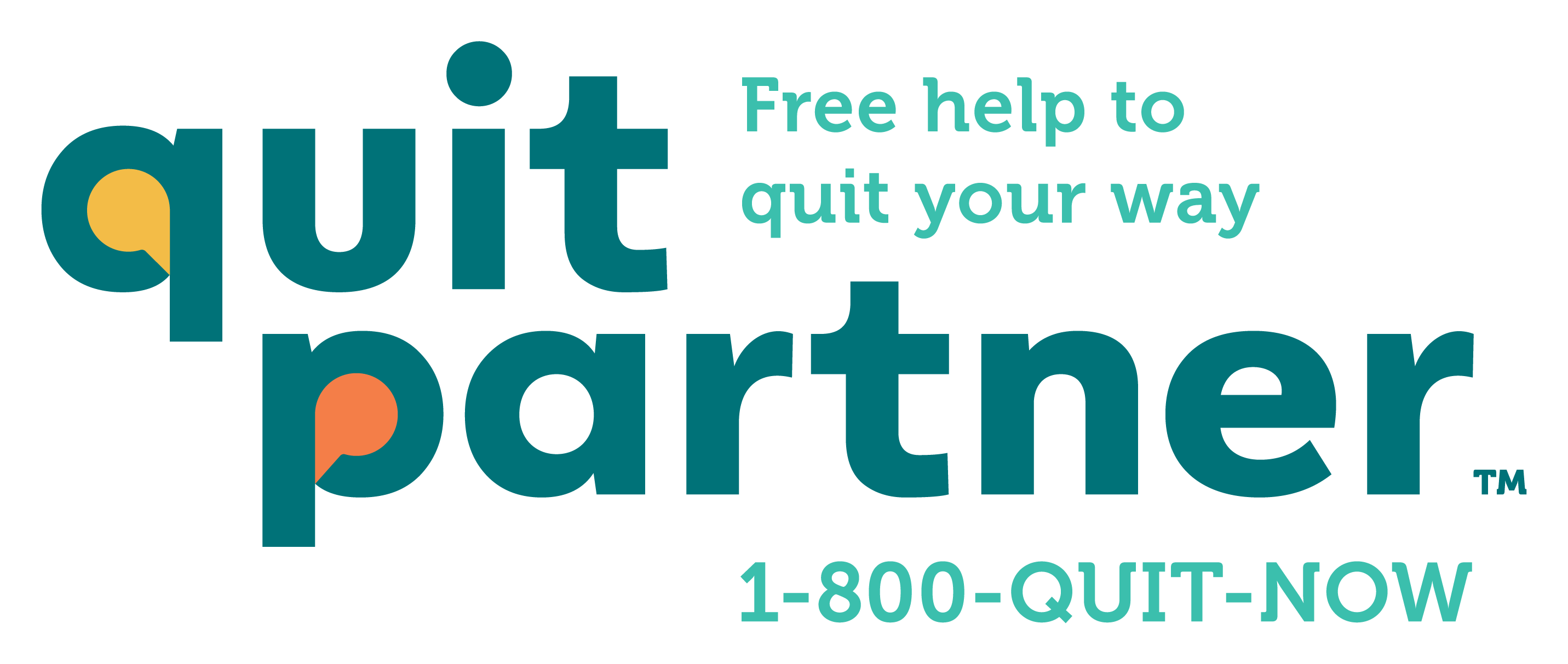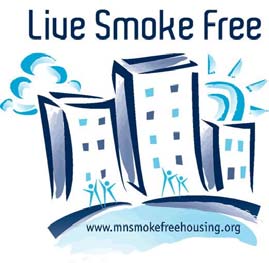Commercial Tobacco Use
- Commercial Tobacco Use Home
- Data and Reports
- Get Help Quitting
- Prevention and Treatment
- Tobacco and Your Health
Learn More
- Behavioral Health and Commercial Tobacco
- E-cigarettes and Vaping
- Flavored Commercial Tobacco
- Menthol Commercial Tobacco
- Nicotine and Nicotine Dependence
- Nicotine Pouches and Other Emerging Products
- Promoting Quitting and Treatment
- Secondhand Smoke and Aerosol
- Traditional and Sacred Tobacco
Related Topics
Contact Info
Commercial Tobacco Use
Secondhand Smoke and Aerosol
Secondhand smoke comes from combustible commercial tobacco products like cigarettes, cigars, or pipes. It also includes the smoke exhaled by the person smoking. Secondhand smoke contains over 7,000 chemicals – hundreds are toxic, and about 70 can cause cancer. There is no safe level of exposure to secondhand smoke. Even brief exposure can be harmful, especially for children, people who are pregnant, and those with asthma or heart conditions.
Secondhand aerosol is exhaled by a person using an e-cigarette (vaping). Aerosol from e-cigarettes contains a mix of tiny particles and chemicals and can contain nicotine, heavy metals like lead, nickel, and cadmium, cancer-causing chemicals such as formaldehyde and acetaldehyde, and ultrafine particles that can reach deep into the lungs. Research shows that secondhand aerosol can expose bystanders to many of the same harmful substances as vaping firsthand.
On this page:
Health risks of secondhand exposure
Secondhand exposure in Minnesota
Protect yourself and others
Minnesota communities working to bring cleaner air
Health risks of secondhand exposure

Get free coaching, text and email support, and medications like nicotine patches, gum, or lozenges.
Visit quitpartnermn.com.
Whether it’s smoke or aerosol, secondhand exposure can lead to:
- Lung and heart disease
- Asthma attacks or worse symptoms
- More colds or respiratory infections
- Increased risk of cancer
- Harm to lung development for infants, as well as increased risk for sudden unexpected infant death (SUID)
- A higher chance of children smoking, vaping, or using other commercial tobacco products later in life
Children are particularly vulnerable to the risks of secondhand smoke or aerosol as they are still growing and may not have control over their surroundings to avoid exposure. Older adults and people with chronic health conditions may also be at increased risk.
Learn more
- Health Problems Caused by Secondhand Smoke | Centers for Disease Control and Prevention
- Health Risks of Secondhand Smoke and Aerosols | U.S. Environmental Protection Agency
Secondhand exposure in Minnesota
Minnesota Clean Indoor Air Act
The Minnesota Clean Indoor Air Act protects people from the health risks of secondhand exposure by prohibiting smoking and vaping in most indoor public places and workplaces.
Learn more: Minnesota Clean Indoor Air Act (MCIAA)
Nearly 1 in 6 Minnesota fifth graders are still exposed to secondhand smoke indoors, and 1 in 10 are exposed in vehicles, according to data from the 2022 Minnesota Student Survey. Data also show 1 in 10 Minnesota fifth graders are exposed to secondhand aerosol indoors, and about 1 in 14 are exposed in vehicles.
Secondhand smoke is a powerful trigger for asthma attacks and other breathing problems. In Minnesota, kids with asthma are more likely to report being exposed to secondhand smoke than their peers – 1 in 4 Minnesota 5th graders with asthma are exposed to secondhand smoke, compared to about 1 in 6 without asthma.
Children and infants exposed to secondhand smoke may experience more frequent and severe asthma attacks, as well as respiratory problems like pneumonia or bronchitis.
Learn more: Asthma
Protect yourself and others
Opening windows or using fans isn’t enough to get rid of secondhand smoke or aerosol. Below are ways you can protect yourself and others.
- Make your home, car, and other spaces 100% smoke- and vape-free.
- Ask guests and caregivers not to smoke or vape around you or your kids.
- Teach your children to avoid secondhand smoke and aerosol.
- Be a role model – if you smoke, vape, or use other commercial tobacco products, consider quitting.
 If you live in an apartment, condo, or other form of multi-unit housing, Live Smoke Free can help you find solutions to secondhand exposure at your building or complex. Live Smoke Free also provides resources for finding smoke-free apartments in Minnesota.
If you live in an apartment, condo, or other form of multi-unit housing, Live Smoke Free can help you find solutions to secondhand exposure at your building or complex. Live Smoke Free also provides resources for finding smoke-free apartments in Minnesota.
Learn more: Live Smoke Free
Minnesota communities working to bring cleaner air
Despite declines in smoking and vaping in Minnesota, many children and families are still exposed to secondhand smoke or aerosol in homes, cars, and parks. Completely eliminating smoking or vaping is the only way to protect people from secondhand exposure.
The Minnesota Comprehensive Tobacco Control Framework 2022-2026 (PDF) recommends expanding clean indoor air policies to include new and emerging products that emit smoke or aerosol. The Framework also recommends prohibiting smoking and vaping in multi-unit housing, with no exemptions for housing or product types.
Minnesota communities are bringing cleaner, safer air to residents by working with local property managers to implement smoke-free housing policies.
Learn more
- Press release: Minnesota’s Clean Indoor Air Act turns 50 (August 2025)
- The Health Consequences of Involuntary Exposure to Tobacco Smoke: A Report of the Surgeon General
- The Health Consequences of Smoking – 50 Years of Progress: A Report of the Surgeon General (PDF)
- Minnesota Clean Indoor Air Act
- Minnesota Smokefree Housing | American Lung Association
- Smoke-free Housing Guidance for Individuals in Multiunit Housing | Public Health Law Center (PDF)
- Secondhand Smoke in Condominiums: Legal Options for Owners | Public Health Law Center (PDF)
- Toxic Free Kids Program